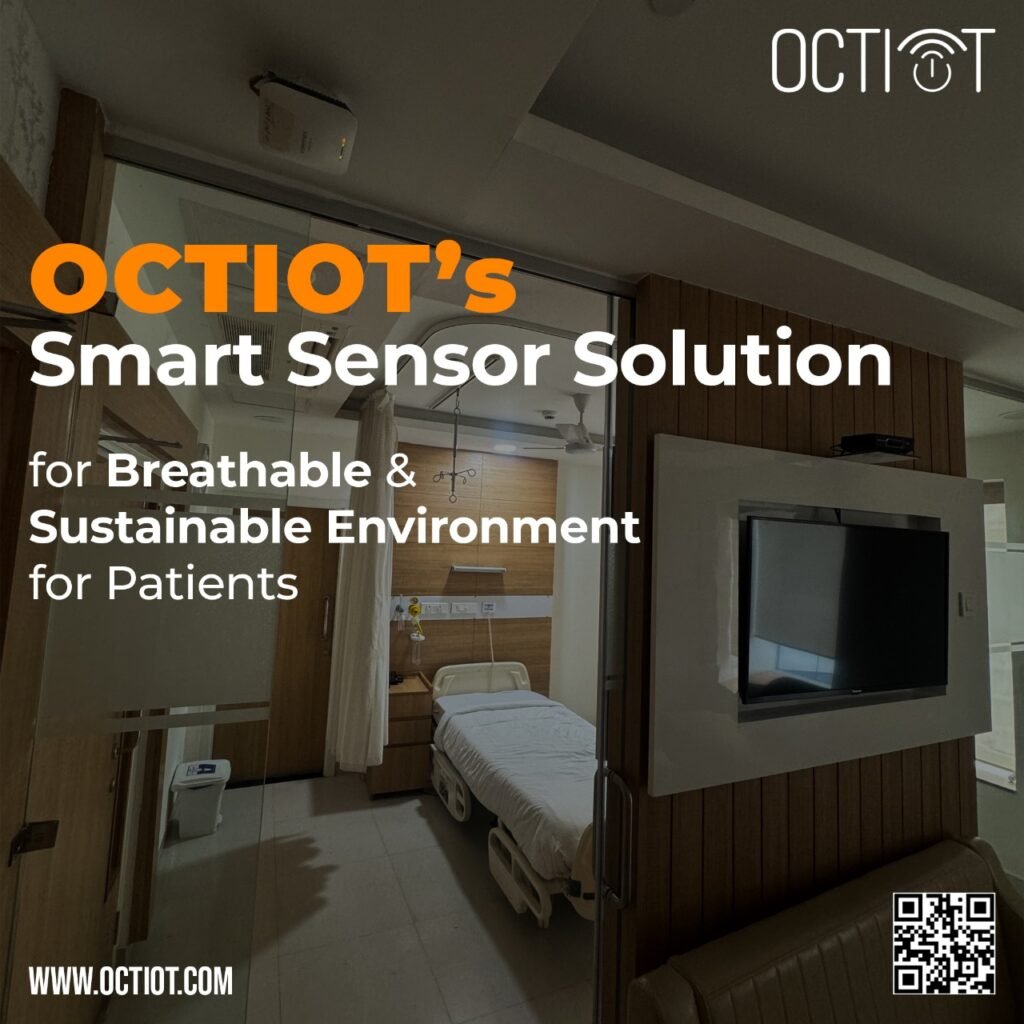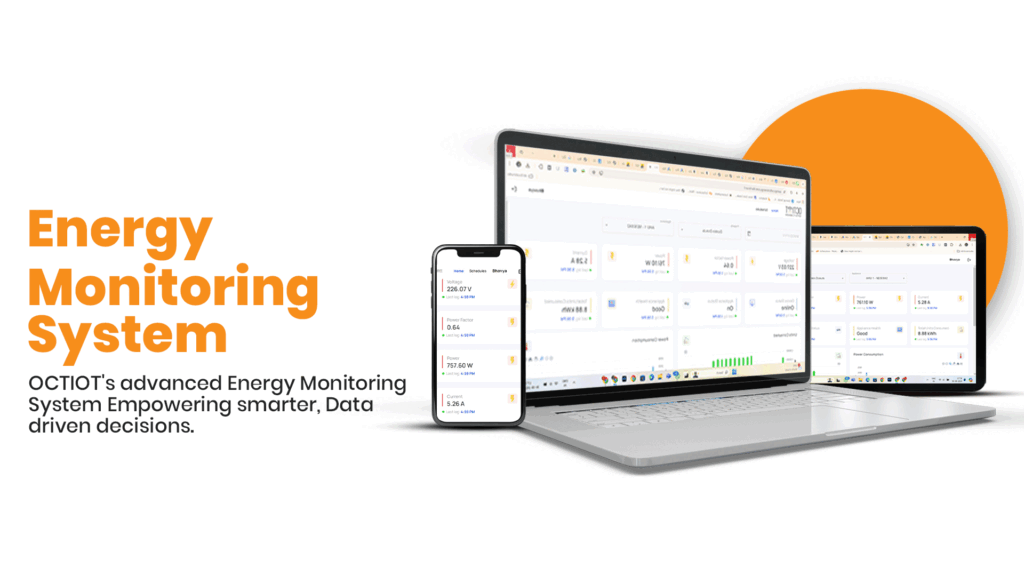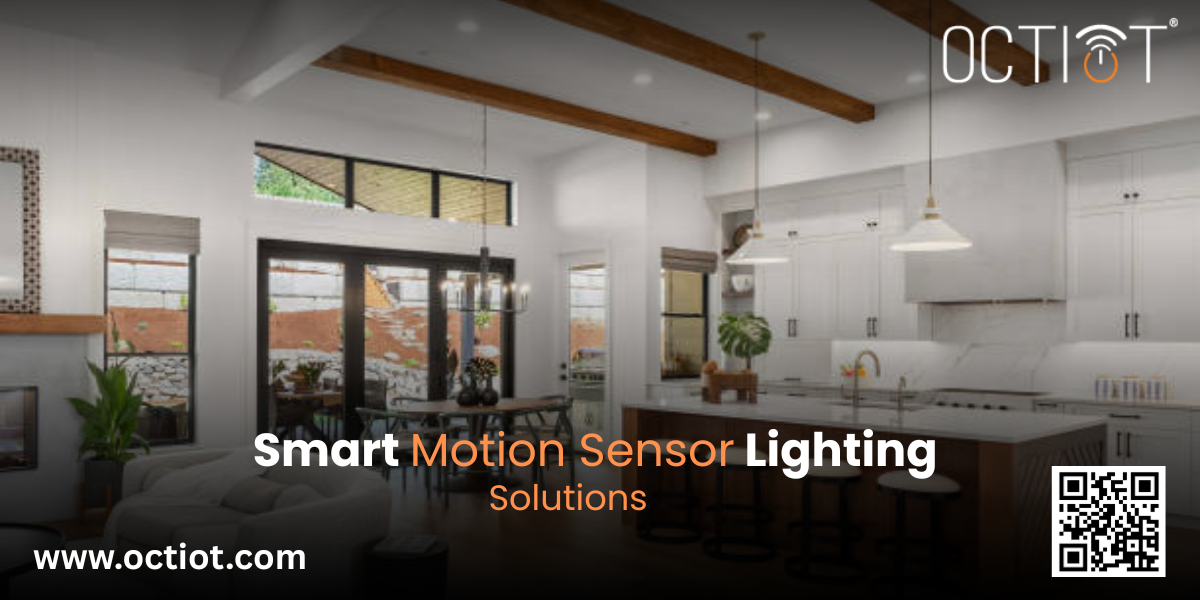Lighting is a fundamental element in modern buildings, playing a crucial role not just in visibility and aesthetics, but also in energy efficiency, safety, and occupant well-being. As buildings become more sophisticated and the demand for sustainable solutions grows, the importance of optimized lighting systems has never been greater.
In this context, Intelligent Lighting Management (ILM) has emerged as a game-changing technology. Intelligent Lighting Management refers to advanced lighting systems that use sensors, automation, and real-time data to control and optimize lighting based on occupancy, daylight availability, and other factors.
Here in this blog, we will discuss the key components of Lighting Management systems, how they work, and the specific advantages they offer to different types of buildings, from office complexes and industrial facilities to schools, hospitals, and beyond.
Understanding Intelligent Lighting Management
Intelligent Lighting Management (ILM) is a sophisticated system designed to automate and optimize lighting within a building, enhancing both energy efficiency and user comfort. Unlike traditional lighting systems, which often rely on manual adjustments and fixed settings, Intelligent Lighting Management integrates advanced technologies to create a dynamic and responsive lighting environment.

Key Features of Intelligent Lighting Management
- Automation:
Intelligent Lighting Management systems automate lighting controls based on predefined rules or real-time inputs. This means lights can be adjusted automatically in response to various factors such as the time of day, occupancy, or ambient light levels.
- Sensors: Sensors play a crucial role in Smart Lighting Management by providing real-time data about the environment. Occupancy sensors detect whether a room is in use and adjust lighting accordingly, while daylight sensors measure natural light levels and adjust artificial lighting to maintain consistent illumination.
- Remote Control: Intelligent Lighting Management systems often include remote control capabilities, allowing users to manage lights from a central location or via mobile apps. This feature provides flexibility and convenience, enabling facility managers or building occupants to adjust lighting
Data Analytics:
- Advanced Smart Lighting Management systems incorporate data analytics to track and analyze lighting usage patterns. By examining this data, users can gain insights into energy consumption, identify inefficiencies, and make informed decisions to further optimize lighting. Analytics can also help in predicting future needs and trends, contributing to ongoing improvements in energy management and operational efficiency.
Key Components of Intelligent Lighting Management
Intelligent Lighting Management (ILM) systems are built on several key components that work together to optimize lighting efficiency and enhance the overall user experience.
Sensors and Controls
Types of Sensors Used:
Occupancy Sensors:
- These sensors detect the presence of people in a room or area. By monitoring movement and presence, occupancy sensors can automatically turn lights on when a room is occupied and turn them off when it’s empty
Daylight Sensors:
- Daylight sensors measure the amount of natural light entering a space. They adjust artificial lighting levels based on the availability of daylight, reducing the need for electrical lighting during the day and contributing to energy savings.
Motion Sensors:
- Motion sensors detect movement within a space and can be used in conjunction with occupancy sensors to provide more granular control.
How Sensors and Controls Adjust Lighting:
- Sensors continuously monitor real-time conditions and send data to the lighting control system. Based on this data, the system makes automatic adjustments to lighting levels, ensuring optimal illumination while minimizing energy consumption.
Centralized Management Software
Role of Software:
- Centralized management software acts as the hub of a Smart Lighting Management system, providing a user interface for monitoring, controlling, and scheduling lighting. Through this software, facility managers or building occupants can set lighting schedules, adjust settings, and create customized lighting scenes based on specific needs or events.
Data Analytics and Insights:
- Intelligent Lighting Management software includes robust data analytics capabilities that track lighting usage patterns, energy consumption, and system performance. These analytics provide valuable insights into how lighting is being used, helping identify areas for improvement and opportunities for further energy savings.

Integration with Building Management Systems (BMS)
How Intelligent Lighting Management Integrates with Other Smart Building Systems:
- Intelligent Lighting Management systems are designed to integrate seamlessly with other Building Management Systems (BMS), such as HVAC, security, and energy management systems.
Synergy Between Intelligent Lighting Management and Other Systems:
- HVAC Integration: Intelligent Lighting Management can work in tandem with HVAC systems to optimize both lighting and climate control. For example, lighting systems can be adjusted based on HVAC settings to improve energy efficiency, such as dimming lights in areas where cooling is required or increasing lighting in spaces where heating is in use.
- Security Systems Integration: When integrated with security systems, Smart Lighting Management can enhance building safety. For instance, lighting can be automatically adjusted or turned on in response to security alerts or during specific times of the day, providing better illumination in critical areas.
- Energy Management Systems Integration: Intelligent Lighting Management contributes to broader energy management goals by providing detailed data on lighting energy consumption. When combined with energy management systems, Intelligent Lighting Management helps track and optimize overall energy use, contributing to reduced operational costs and improved sustainability.
OCTIOT Intelligent Lighting Management
OCTIOT Smart Lighting Management represents a significant leap forward in sustainable building practices, offering advanced solutions that optimize energy use, enhance comfort, and reduce operational costs. By integrating smart technology with efficient lighting systems, OCTIOT not only improves the functionality and longevity of lighting infrastructures but also contributes to a reduced carbon footprint. This intelligent approach to lighting ensures that spaces are illuminated in the most efficient and environmentally friendly manner possible. As we move towards a more sustainable future, OCTIOT stands at the forefront, providing innovative lighting solutions that align with the global goals of energy efficiency and environmental responsibility.
Contact us: 088600 12342
For more information: sales@octiot.com




